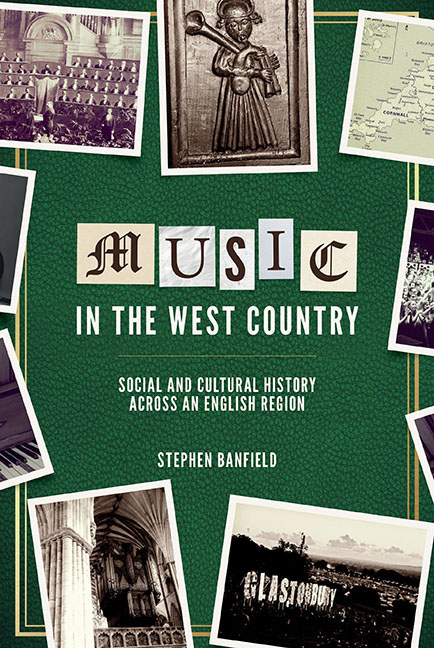Book contents
- Frontmatter
- Dedication
- Contents
- List of Illustrations
- Preface and Acknowledgements
- List of Abbreviations
- Author's Note
- 1 Landscapes and Soundscapes
- 2 Musical Authority: Organs
- 3 Musical Incorporation: Bands and Choirs
- 4 Musical Livings I: The Prosopography
- 5 Musical Livings II: Individual Case Studies
- 6 Musical Capitalisation I: Events and Inventions
- 7 Musical Capitalisation II: Institutions
- Epilogue: The Measure of a Region
- Bibliography
- Index
- Titles listed here were originally published under the series title Music in Britain, 1600-1900
2 - Musical Authority: Organs
Published online by Cambridge University Press: 31 August 2019
- Frontmatter
- Dedication
- Contents
- List of Illustrations
- Preface and Acknowledgements
- List of Abbreviations
- Author's Note
- 1 Landscapes and Soundscapes
- 2 Musical Authority: Organs
- 3 Musical Incorporation: Bands and Choirs
- 4 Musical Livings I: The Prosopography
- 5 Musical Livings II: Individual Case Studies
- 6 Musical Capitalisation I: Events and Inventions
- 7 Musical Capitalisation II: Institutions
- Epilogue: The Measure of a Region
- Bibliography
- Index
- Titles listed here were originally published under the series title Music in Britain, 1600-1900
Summary
❧ Introduction
AT some point in 1643, the wardens of Wimborne Minster paid 6d ‘for some of the organ pipes’, which they must already have taken down and put into safe keeping or had stolen while the loft remained as a seating area. That same year, the Dean and Chapter of Salisbury Cathedral prudently dismantled their organ rather than have it destroyed, while the organ pipes at Warminster St Denys parish church (the ‘minster’) were taken out ‘and hidden under a floor in the tower, lest the soldiers should spoil them, as they had done in other places’. (If they were retrieved at the Restoration, it was to little effect: the organ was out of repair in 1683.) These actions came none too soon, for on 9 May 1644 Parliament passed an ordinance for the removal of church organs. Over the next few years, Roundhead soldiers routinely destroyed the existing organs in parish churches, as well as the cathedral organs. St Mary's, Chard, must have had one, for an ‘organ loft’, presumably empty, is referred to in 1659. Crewkerne's organ was destroyed in 1646, as was Shepton Mallet's ‘by the soldiers’, the ‘remains’ at Crewkerne being stored by the churchwardens. St Andrew's, Chippenham, sold its organ to a manor house, Lacock Abbey, probably the only organs in England to survive the Civil War and Commonwealth being those in domestic spaces. At St Mary Redcliffe in Bristol, the stained glass was broken and the ‘fanatics’ marched through the city blowing the organ pipes they had looted. Most notoriously, in Exeter, the Parliamentary troops ‘brake down the [cathedral] organs, and taking two or three hundred pipes with them in a most scornful and contemptuous manner went up and down the streets piping with them; and meeting with some of the choristers of the Church, whose surplices they had stolen before, and employed them to base servile offices, scoffingly told them: “Boys, we have spoiled your trade, you must go and sing hot pudding pies.”’ What a soundscape! This will have been some time after 1645, when the cathedral organist John Lugg lost his job.
- Type
- Chapter
- Information
- Music in the West CountrySocial and Cultural History Across an English Region, pp. 21 - 63Publisher: Boydell & BrewerPrint publication year: 2018



